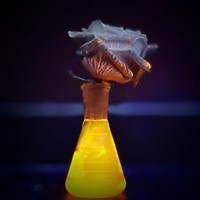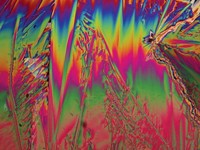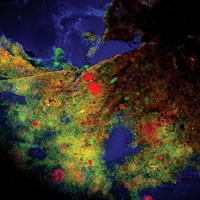Advertisement
Grab your lab coat. Let's get started
Welcome!
Welcome!
Create an account below to get 6 C&EN articles per month, receive newsletters and more - all free.
It seems this is your first time logging in online. Please enter the following information to continue.
As an ACS member you automatically get access to this site. All we need is few more details to create your reading experience.
Not you? Sign in with a different account.
Not you? Sign in with a different account.
ERROR 1
ERROR 1
ERROR 2
ERROR 2
ERROR 2
ERROR 2
ERROR 2
Password and Confirm password must match.
If you have an ACS member number, please enter it here so we can link this account to your membership. (optional)
ERROR 2
ACS values your privacy. By submitting your information, you are gaining access to C&EN and subscribing to our weekly newsletter. We use the information you provide to make your reading experience better, and we will never sell your data to third party members.
Water
Chemistry In Pictures
Chemistry in Pictures: Please wash your water bottle
by Brianna Barbu
June 25, 2024

Reusable water bottles keep a lot of trash out of landfills, but if you don’t clean them regularly, their damp interiors can become a haven for microbes. Case in point: this is a microscope image of the inside of a polyethylene terephthalate (PET) water bottle that’s been sitting around in a lab for a year. Those white blobs are Microcystis aeruginosa, the most common species of toxic freshwater cyanobacteria. Simona Pînzaru, a researcher at Babeş-Bolyai University in Romania, captured the image while collecting data on aging plastics for the university’s plastics Raman database. She found that the used bottle showed strong carotenoid signals in spectroscopic analysis, signaling the presence of photosynthetic microorganisms living on the interior walls of the bottle.
Submitted by Simona Pînzaru
Do science. Take pictures. Win money. Enter our photo contest.





Join the conversation
Contact the reporter
Submit a Letter to the Editor for publication
Engage with us on Twitter